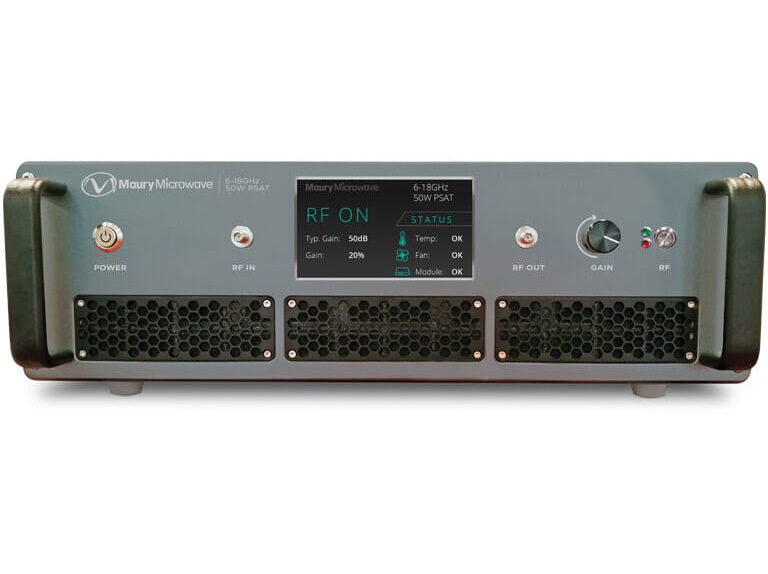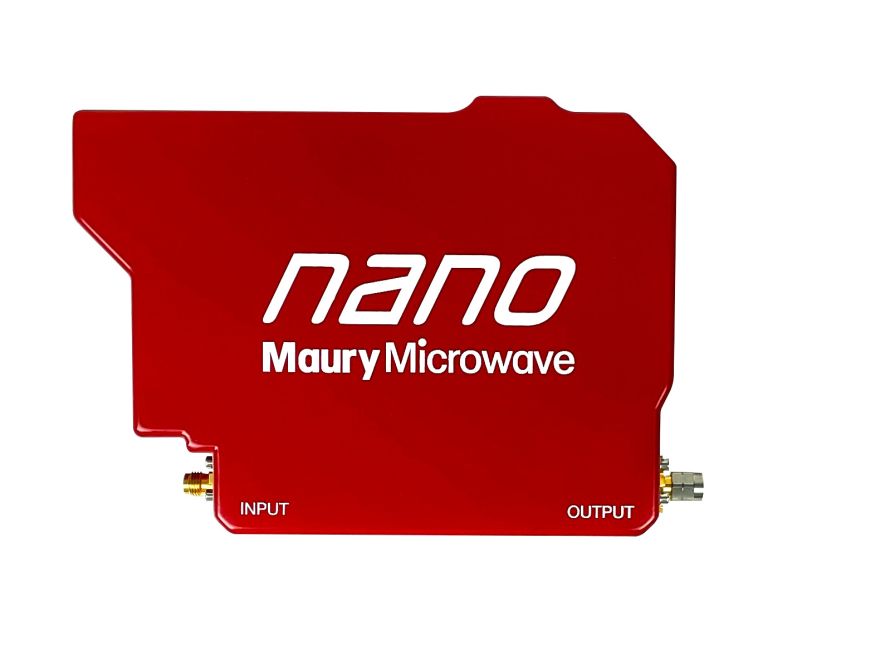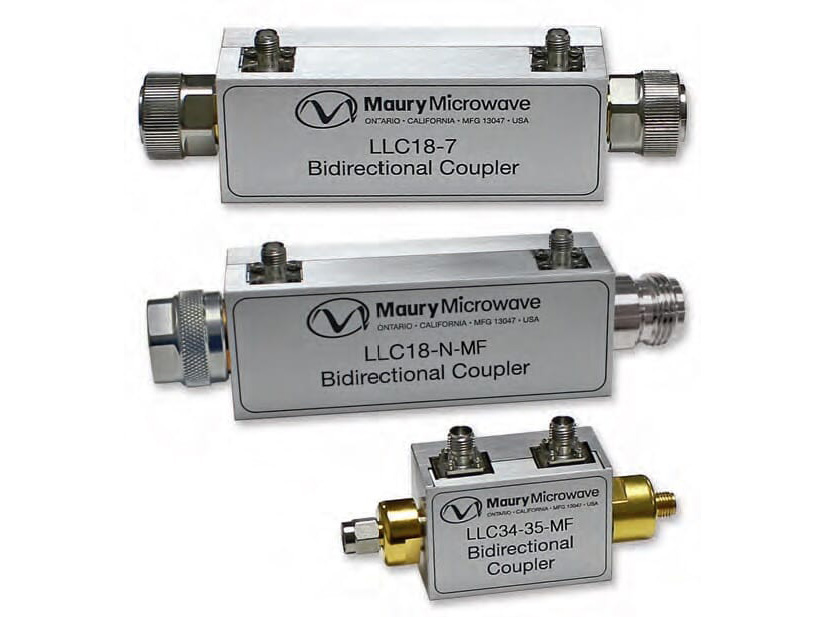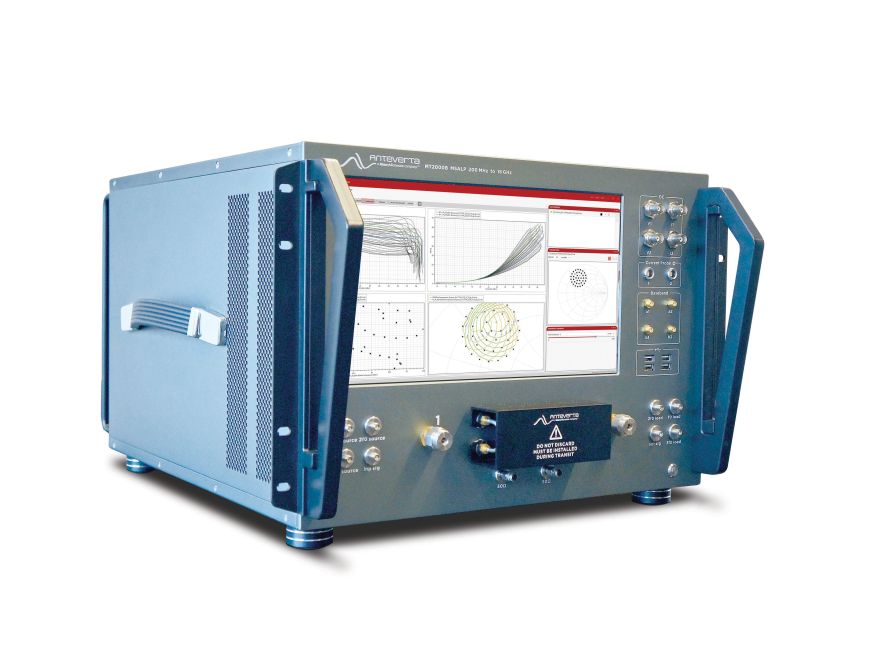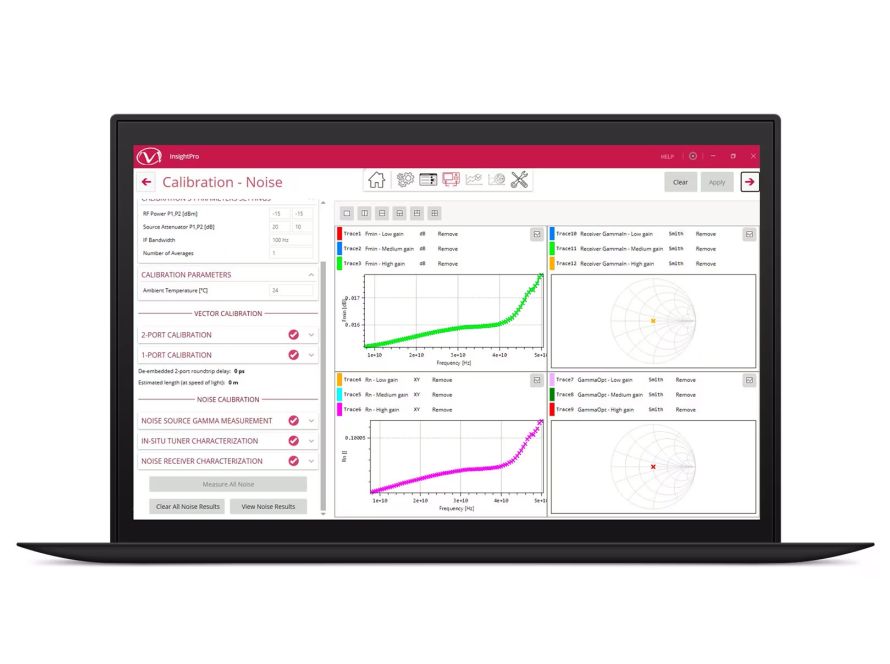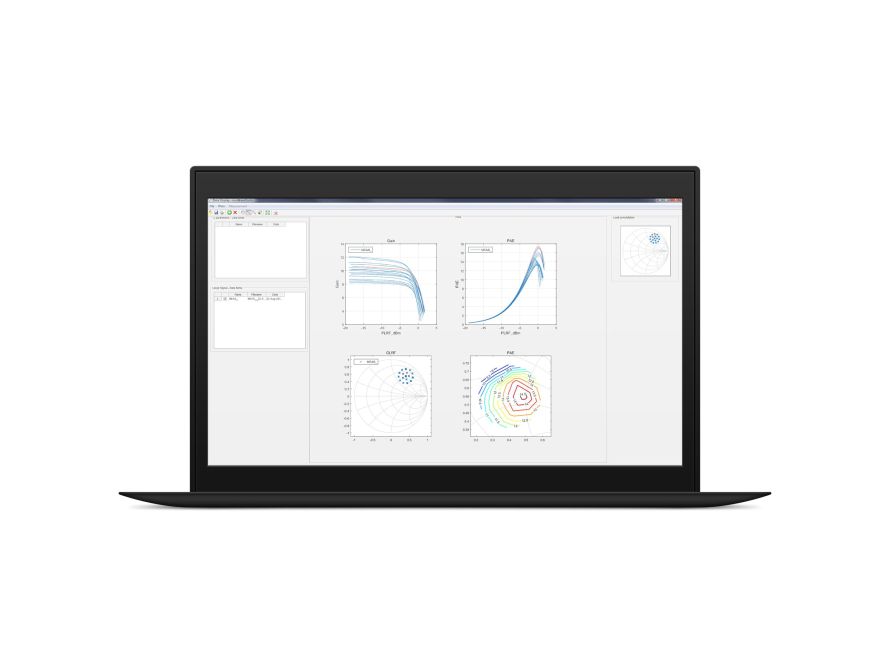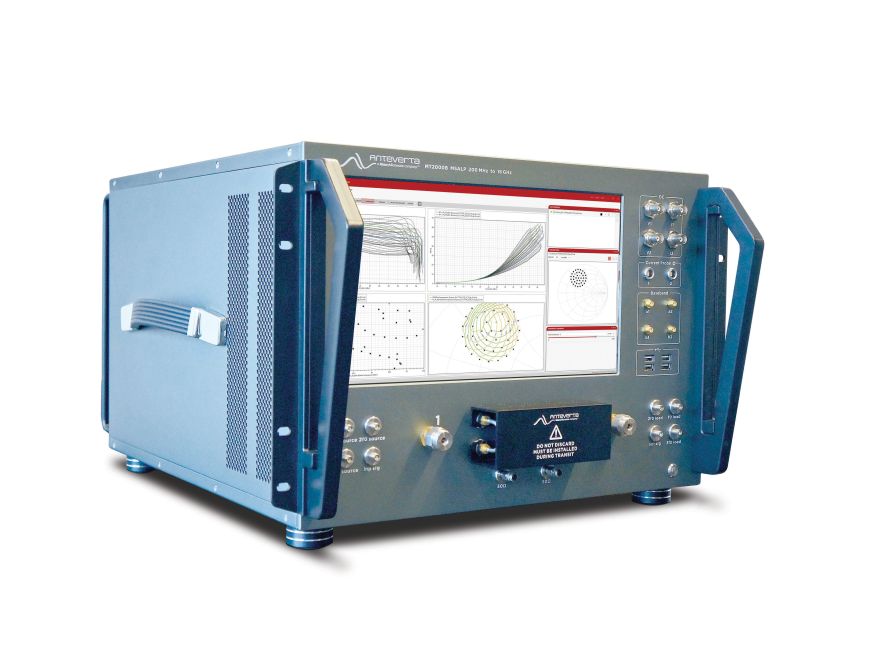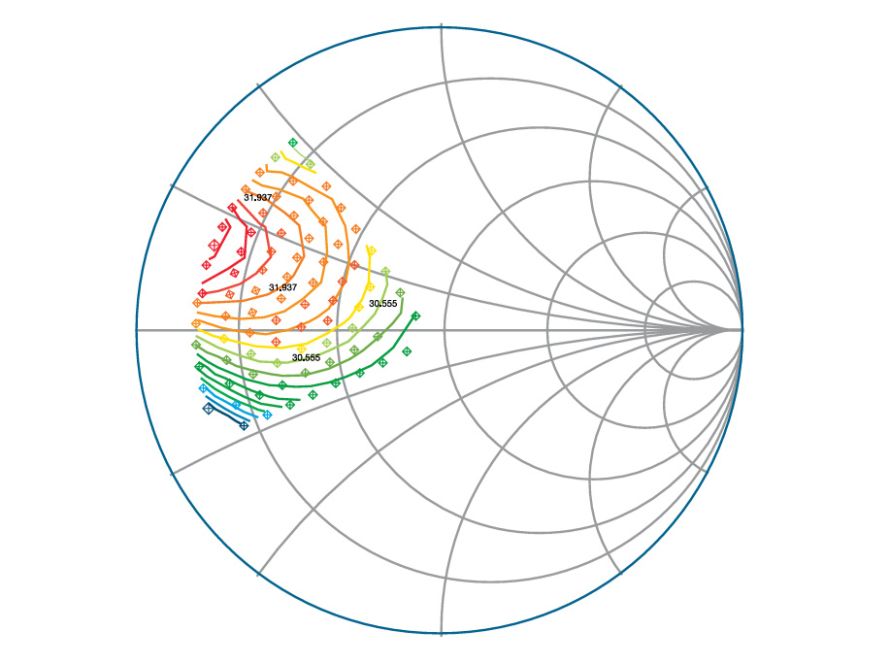Active Load Pull
Active injection load pull, more commonly referred to as active load pull, relies on external sources to inject a signal into the output of the DUT, thereby creating a2. Because a2 is no longer limited to a fraction of the original reflected signal, as is the case with the traditional passive mechanical tuner, external amplifiers may be used to increase a2 nearly indefinitely so that ΓL can achieve unity (ΓL >1 is theoretically possible but has no practical consideration). The simple active tuning chain consists of a signal source, a variable phase shifter and a variable gain stage. Common signal generators, such as the Keysight MXG, have built-in amplitude and phase control of the injected signal and are ideal for active load pull.
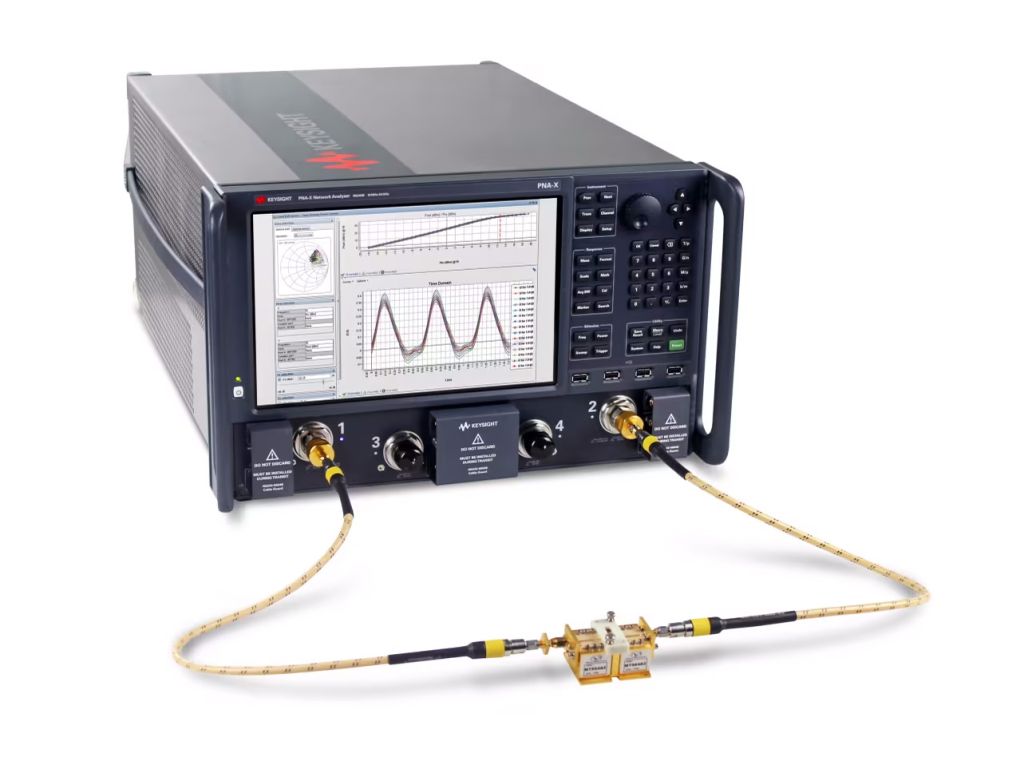
Learn more about Maury solutions for active and hybrid active load pull
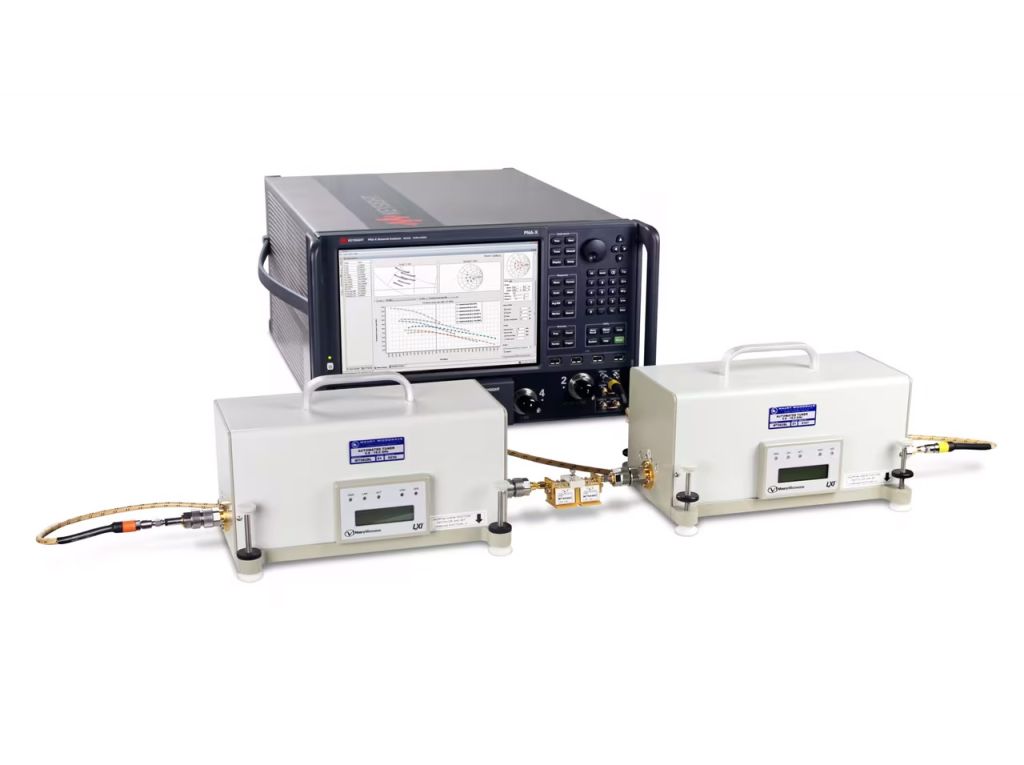
Hybrid-Active Load Pull
Both traditional passive mechanical tuner systems and active injection load pull systems have their advantages and disadvantages. While mechanical tuners are simple, less expensive and can handle high power, there is no physical way to overcome the losses involved with the system that limit achievable ΓL . While active load pull systems are extremely quick, capable of ΓL =1 and easily integrated for harmonic measurements on-wafer, high-power setups require more-expensive band-limited amplifiers.
It is possible to obtain the advantages of both systems while minimizing the disadvantages, using a technique referred to as hybrid load pull. Hybrid load pull refers to a combination of active and passive tuning in the same system. Traditional passive mechanical tuners can be used to reflect high power at the fundamental frequency allowing a much smaller active injection signal, using much smaller amplifiers, to overcome losses and achieve ΓL =1. Additionally, since the powers at harmonic frequencies are often well below the power a2 for the active load pull as well as the receivers to measure the applied and transmitted power.
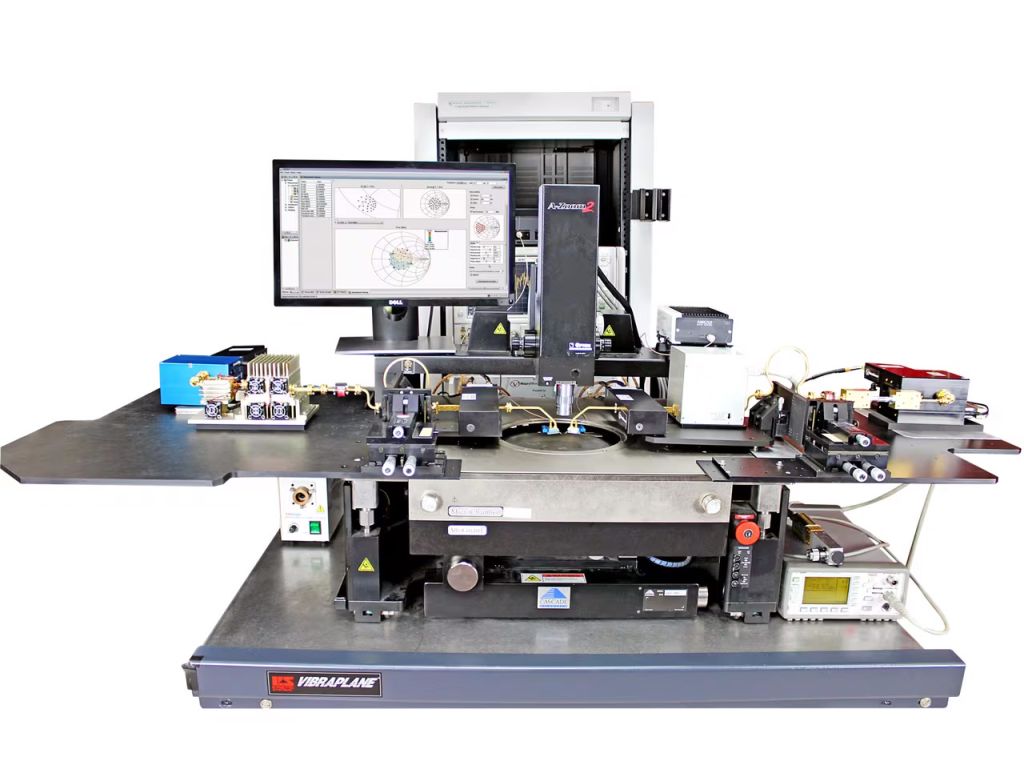
Hybrid-Active Load Pull to 110 GHz
To date, active and hybrid-active load-pull have been limited to coaxial measurements in commercially available systems because of the impracticality of measuring and controlling the magnitudes and phases of the a and b waves using waveguide frequency extenders. To overcome this limitation, Maury Microwave has introduced custom low-loss couplers with integrated down-conversion, which extend VNA-based load-pull measurements to 110 GHz, and a source control unit enables accurate amplitude and phase control to 110 GHz. The custom couplers enable direct a and b wave measurements at the vector calibrated DUT reference plane, increasing system measurement accuracy and providing critical device performance— output power, power gain, input Γ and power-added efficiency (PAE) —for each input power level and load impedance state. The amplitude and phase controller with the frequency multiplier and step attenuator on the load loop enable 0.01 dB magnitude and 0.1 degree phase control of the a2 wave.
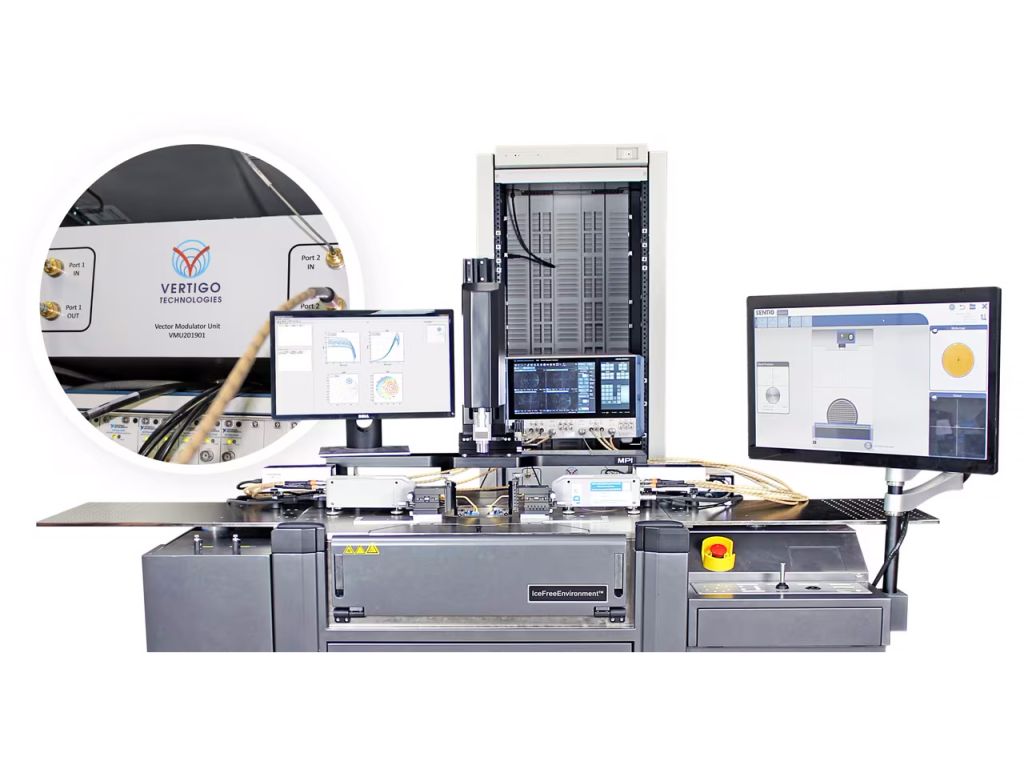
Active Load Pull to 1.1 THz
Performing device characterization measurements at sub-THz frequencies can be challenging . It’s difficult to achieve accurate and repeatable power-control at the DUT reference plane when using waveguide extenders between 110 GHz and 1.1 THz, as the extenders typically output a fixed power. However, controlling the power delivered to the input of the DUT is critical in setting the device’s operating conditions and characterizing its performance over power, such as the large-signal characteristic gain compression.
MMW-STUDIO mmW and Sub-THz characterization software, offered by Maury Microwave and Vertigo Technologies, is a software suite designed to work with a 4-port VNA using waveguide extender modules and add accurate and repeatable high-resolution power control. The software enables the direct measurement of vector corrected power at the DUT reference plane, as well as control over the power delivered to the DUT. Doing so allows engineers to perform gain compression power sweep measurements over the available level of powers, and to perform S-parameter measurements at any arbitrary power level. MMW-STUDIO LP is a software add-on, which when used in conjunction with a Vector Modulation Unit (VMU), enables control over the magnitude and phase of the signals delivered to the input and output of the DUT. This enables an engineer to set arbitrary impedances, or perform active load pull measurements, where the magnitude of reflection presented to the DUT is achieved by controlling the reflected a2 wave and fulfilling Γ=a2/b2.
Related Resources
01
On-Wafer, Large-Signal Transistor Characterization from 70–110 GHz Using an Optimized Load-Pull Technique
In this app note, learn how hybrid-active vector receiver load-pull measurements enable E- and W-Band device characterization up to gamma magnitudes of 1 at the device-under-test (DUT) reference plane.
02
Overcoming the Challenges of On-Wafer Load Pull Measurements at Millimeter-Wave Frequencies for 5G Applications
This paper reviews the challenges of on-wafer load pull measurements at 5G mmW bands, specifically how high insertion losses can reduce the effectiveness of load pull and how to overcome these losses through the novel concept of hybrid-active load pull.
Latest News & Blogs
Why Does Pulse Shape Matter for Radar (and How to Accurately Characterize It)?
From air traffic control operations to weather monitoring to mission-critical military applications, pulsed and pulse compression (CHIRP) radar plays a vital role in target detection and tracking applications. In this…
How Do Natural Effects & RF Impairments Impact Satellite Transmissions?
Satellite communications signals travel through environments filled with natural effects and impairments that can impact transmissions. For example, signals must contend with distortions introduced from various interfering sources. Free-space propagation…
Why Is Channel Emulation Key for Deploying 5G Non-terrestrial Networks Successfully?
Relying solely on traditional ground-based infrastructure has limitations, particularly when providing coverage to remote or underserved areas. 5G non-terrestrial networks (NTN) enhance the capabilities of terrestrial systems by integrating non-terrestrial…
Want to Optimize Satellite Communications Testing? Join Us at Booth #2112 during SATELLITE 2024
Hosted in Washington, DC, SATELLITE 2024 is a premiere conference for the global space and satellite communities to discuss the latest innovations, products, and services. In this blog post, learn what attendees can…
How Can Local Oscillators Impact the Performance of Radar and Satellite Systems?
Local oscillators (LO) are crucial components used in the upconversion and downconversion chains of radar and satellite communications systems. In this post, learn the role of the LO and how…
Why Should Directed Energy Weapons Integrate an Additive White Gaussian Noise Source?
Embedding a noise source into a laser weapon’s electronics can improve its effectiveness in neutralizing hostile targets. Want to learn how that’s possible? Available now is the Noisecom webinar, “How Can…
Local Oscillator Substitution – Why Is It Important for Testing Satellite Systems?
Orbiting the Earth right now is a trove of satellites, many of which are in low-earth Orbit (LEO) operating no more than 1,200 miles above Earth’s surface. Providing low latency communications, LEO…
What Power Measurements Can Uncover Critical Issues in Satellite Communications Networks?
Low-Earth orbit (LEO) satellites offer reduced propagation delay and higher signal strength due to their proximity to Earth. Low latency communications, among other factors, has spurred the popularity of LEO…


